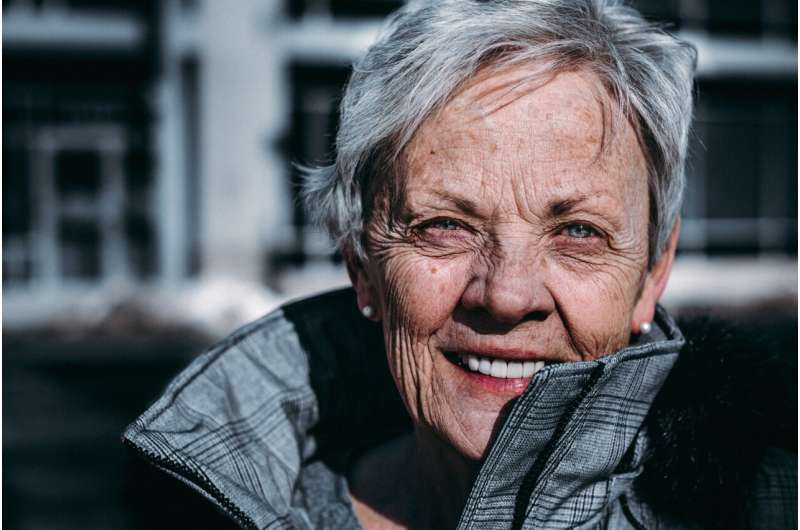There's a financial literacy gender gap鈥攐lder women are eager for education that meets their needs

Every day, families across the U.S. have to make difficult decisions about budgeting, spending, insurance, investments, savings, retirement and on and on. When faced with these choices, financial literacy鈥攖hat is, knowing how to make informed decisions about money鈥攊s key.
Yet, Americans in general . And recent research suggests , regardless of their schooling, income or marital status.
As a who studies aging and the social safety net, I recently took part in a large analysis of older women's financial literacy. My team and I found that men's financial literacy scores were 25% higher than women's on average, even though the two groups showed no difference in math skills or overall cognitive ability.
Black and Hispanic women saw an even greater financial literacy gender gap, with scores that were, on average, 40% to 45% lower than those of white, non-Hispanic men.
Why financial literacy matters later in life
This gap is a big problem, especially as women approach older age. Because they tend to live longer鈥攁lmost more than men, according to the latest figures鈥攁nd , women face longer retirements.
And when they reach retirement age, women often have , in part because they face more and are concentrated in .
Consider that in 2020, women who worked full time earned a median of , versus men's $1,082. Their career interruptions, lower earnings and earlier retirements mean that female Social Security recipients get of the benefits that men do.
Financial education can't erase the effects of decades of structural inequality, of course. But the evidence shows that it can by helping women make more informed decisions for their future.
Demand for financial education is high
Only 16% of women ages 40 to 65 have ever received any financial education, according to . Among African American, Native American and Asian American women, this figure falls to 8% to 10%.
Our survey also showed that behaviors that can help with financial security are patchy among respondents. Close to 30% never put money into an emergency fund or savings account, nearly 40% never put money into an investment or retirement account, and 60% have never talked to a financial professional. Tellingly, only 20% said they felt relaxed about their financial future.
But not all is doom and gloom: More than 70% of women in our survey said they were interested in receiving financial education. Demand was especially high among Hispanic/Latina (93%), Black (85%) and Asian American (80%) women.
Our survey respondents said they wanted to learn about long-term planning and other issues specific to their life stage, not just general money management principles. They also said they would prefer flexible programs that make it easy for busy people to participate, as well as those delivered by trusted agents in their communities, such as schools or community centers.
Right now, there aren't many financial literacy programs specifically designed to address the needs of older women. But this research gives us a blueprint for future programs. Employers, financial service providers, community groups and national organizations all have an important role to play in empowering older women with the financial literacy skills they want and need.
Provided by The Conversation
This article is republished from under a Creative Commons license. Read the .![]()




















